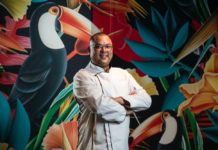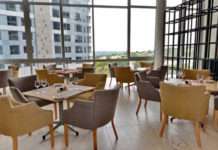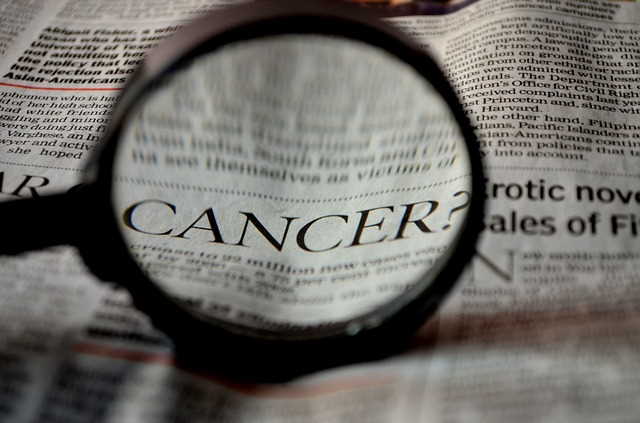“Thank you for choosing to become a donor, for being so selfless and – above all – thank you for saving my life.”
These are the words of South African high school pupil, Zyaan Makda, a sufferer of a rare blood disorder, heterozygote haemoglobinopathy, to Polish stem cell donor, Marta Drożdż, when they met virtually for the first time.
Makda’s life-saving stem cell transplant was made possible through the efforts of Germany-based DKMS and DKMS Africa (formerly known as the Sunflower Fund). The two organisations recently merged to form DKMS Africa to better realise their mutual goals of creating awareness around blood disorders and building a global registry of donors.
This year – on 28 May – DKMS celebrates 30 years of fulfilling this mission, a milestone day that coincides with World Blood Cancer Day, which is also aimed at encouraging people to become stem cell donors in support of those affected by blood cancer.
As the organisation grew, so did their understanding of the extent to which they could impact the lives of patients beyond providing matching donors. Over the years, DKMS has become more than a donor centre; creating its own state-of-the-art lab, conducting pioneering medical research and clinical trials, and establishing its own international DKMS Registry to ensure access to an ethnically diverse donor pool across national borders.
Today, DKMS has a footprint in India, Germany, the USA, Poland, UK, Chile and South Africa. In its three-decade existence, the organisation has registered more than 10.7 million donors and has one of the most diverse donor pools in the world.
Makda’s story is one of thousands of incredible stories of hope and healing and, to date, DKMS has given more than 92,000 blood cancer patients in 57 countries around the world a second chance at life. In fact, every day, 21 DKMS donors donate their stem cells to a patient in need.
DKMS Africa CEO, Alana James, says collectively DKMS and the DKMS Africa have more than 51 years of experience in the field of stem cell transplants. “Our mutual experience, skill and passion in the stem cell donor environment is aimed at increasing access to stem cell donors for people in South Africa and around the globe.
“Zyaan is a good example of how challenging it can be to find a matching donor. A sufferer of a rare blood disorder from the age of four – like other patients – she had a one in 100 000 chance of finding a match,” she adds.
Life was not easy for Makda. While hoping for her best chance at getting better – a stem cell transplant – she had to undergo blood transfusions every two weeks (adding up to 250 between the ages of nine and 16). As a result of the treatment, the veins in her hands collapsed and she had to have a port inserted into her chest. She experienced constant fatigue, had to have her gallbladder and gallstones removed and suffered from an under-active thyroid – not easy for a young person watching her friends around her lead active lives.
Three years post-transplant, as well as undergoing brain surgery, Makda is 19 years old and living a life she never thought possible. “Thanks to Marta’s amazing act of humanity, I now have my life back. I started attending school again this year and am enjoying the duties associated with being a big sister,” she says.
James says when it comes to stories like Makda’s, the merging of DKMS and Sunflower Fund cannot be underestimated. “This partnership will change the lives of patients with life-threatening blood disorders. By expanding internationally, we can cross borders, collaborate globally and leave no stone unturned to help patients get a second chance on life.”
Dr Elke Neujahr, Global CEO at DKMS says: “With over 10.7 million donors available worldwide and over 92,000-second chances at life given, DKMS has made one of the biggest impacts on the lives of patients across the world. To ensure the best chance of survival for our patients, we continue to expand our efforts, not only by enlarging and diversifying the global pool of donors but by driving science and research. Today, as a network of thirteen subsidiaries, we have grown to become an international and multifaceted organisation that is able to fight blood cancer and life-threatening blood disorders from many different angles. Together, we are consistently developing the scope of our activities to help patients – and together, we will continue to fight, until our common dream of a world without blood cancer or blood disorders becomes a reality.”












